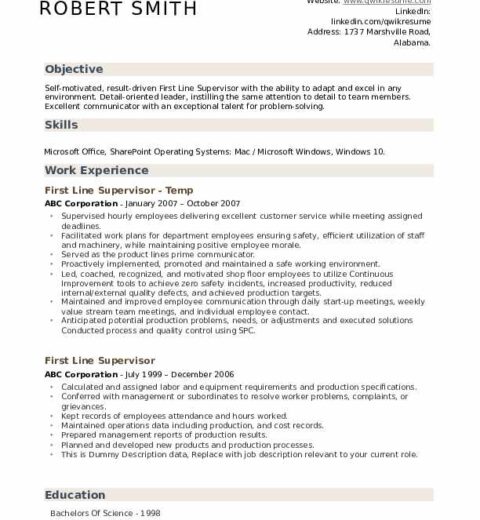When crafting a resume, the decision to include references can feel akin to deciding whether to cloak oneself in a cape of identity or present an unadorned figure to the world. In the competitive realm of job applications, the choice is not merely logistical; it is laden with implications that can reverberate throughout the hiring process. This exploration delves into the intricacies of listing references—when to include them, how best to present them, and the subtleties of when it might be prudent to reserve them for later in the conversation.
To begin, we must grapple with a pivotal question: Should you list references on your resume? The resounding answer is—it depends. The convention around references has evolved significantly over the years. Traditionally, many candidates felt compelled to include them directly on their resumes, often relegated to a concise section at the end. However, in recent times, the norm has shifted towards a more strategic approach, where references are provided upon request rather than displayed prominently.
One might liken this decision-making process to selecting a fine wine to complement an exquisite meal. Displaying a reference list upfront, much like showcasing a bottle of Cabernet at a dinner party, can indeed make a bold statement; yet, it may also deter some from engaging further. Instead, opting to furnish references only when solicited can create an air of exclusivity, inferring trust and confidence in your ability to advocate for your own prowess without prematurely showcasing your supporters.
So when should references find their way onto your resume, and when should they remain shrouded in mystery? One compelling reason to include references right away is when a job posting explicitly requests them. In this case, the absence of a reference list could be more detrimental than the inclusion of something seemingly superfluous. Follow your potential employer’s lead; it is a signpost denoting the path they wish candidates to follow.
Moreover, particular industries, especially those that hinge heavily on reputation and trust—such as academia, healthcare, and certain governmental roles—might necessitate the inclusion of references directly within your resume. In such environments, an applicant’s social capital can often be an invaluable asset, and presenting references as a testament to your character and work ethic becomes essential.
Presenting References
When opting to include references on a resume, presentation is of the essence. Think of a well-curated art gallery—every piece meticulously placed to evoke a narrative. Your references should never be a haphazard collection; they should not only be relevant to the position you seek but also reflect your professional trajectory. Include individuals who can speak credibly about your skills, experiences, and personal attributes relevant to the job.
When listing references, adhere to a professional format. Include the reference’s full name, title, company, phone number, and email address. If you choose to provide a brief description of your relationship with the reference, keep it succinct; a single sentence may suffice. For instance, “John Doe, Senior Manager at XYZ Corp, supervised my work during my internship and can speak to my project management skills.”
Confidentiality and Courtesy
In the realm of references, respect for privacy stands paramount. Always seek permission from individuals before listing them as a reference. This embodies not just professionalism but also courtesy. Happy references lead to enthusiastic endorsements—an invaluable boon during the hiring process. Additionally, informing your references about the job you are applying for and sharing your latest resume can help them tailor their recommendations to best serve your candidacy.
As per the ritualistic dynamics of human interaction, the relationship you maintain with references is pivotal. For young professionals or those entering the job market anew, this might involve a bit of creative networking. Instead of relying solely on former supervisors, consider former professors, mentors, or colleagues who can vouch for your capabilities. In this way, your references can serve as a bridge between past experiences and future aspirations.
Alternatives to Listing References
Adopting an alternative route can also underscore your confidence in your abilities, allowing your achievements to take center stage. While avoiding references might seem a departure from tradition, it mirrors modern recruiting practices that favor succinctness and clarity.
Conclusion
Listing references on a resume is not a decision to be taken lightly. It requires an understanding of the gaps between expectations and conventions, akin to balancing on a tightrope. There are times when it is beneficial to display your references openly—such as when required by an employer or when navigating certain professional landscapes. At other times, it is wiser to keep this information in reserve, showcasing your skills and accomplishments, with the promise of strong corroboration lying just beneath the surface.
Ultimately, whether you choose to highlight references or keep them behind a curtain reflects not only your strategic thinking and professionalism but also your understanding of the evolving nature of hiring practices. In the grand theatre of employment, the choice is rightly yours—make it count.




